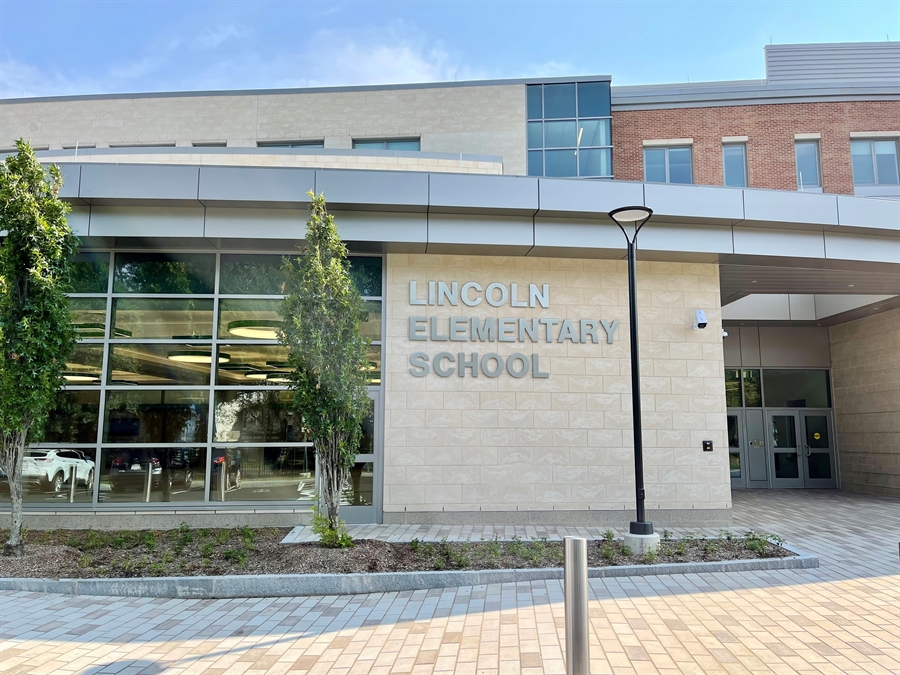
At Lincoln Elementary School in Springfield, MA, collaboration, community building, and coaching combine to create powerful teaching and learning to serve young readers.
In this interview, we spotlight the Lincoln Elementary grade 1 team—Megan Kieselback, Sasha Rojas, and Jennifer Jones—as well as their colleagues, building-based Instructional Coaches Lynanne Lamothe and Kaelin Reilly-Evans. We hear their insights about successfully implementing the Being a Reader® program. We also hear from Collaborative Classroom professional learning consultant Veronica Vasquez, who supports the Lincoln team.
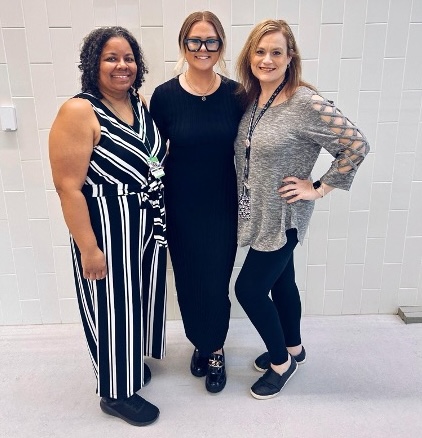
Hello Grade 1 team! Thank you for speaking with me. Tell me about how your team approached implementing Being a Reader:
Megan Kieselback: Our approach to the work is to put students first. We look at data and visit one another’s classrooms and meet regularly to ensure each and every student has what they need in place to be successful.
Sasha Rojas: We are open to feedback. When things aren’t working smoothly, we go to each other for assistance and guidance. We trust one another and help to build our classrooms as a true community.
When things aren’t working smoothly, we go to each other for assistance and guidance. We trust one another and help to build our classrooms as a true community.
Jennifer Jones: When planning, I use a backward design (Unit, Week, Day) to map out all Being a Reader lessons. I collaborate with the team to seek additional guidance and resources to ensure students have all supports in place for students to be able to work in partners, whole-group lessons, and work independently during the literacy block.
Our team has been using Collaborative Classroom resources—Being a Reader, Being a Writer, and SIPPS—for 6 years in grades K and 1.
We’ve participated in asynchronous 1:1 coaching via the Collaborative Coach platform and have received robust on-site training and support from Veronica Vasquez of Collaborative Classroom as well as from our building instructional leaders Lynanne Lamothe and Kaelin Reilly-Evans.
Sometimes I have an “a-ha” moment. This is when I have to pause and reflect on my practices and know that I will have extra preparation built into the next day to determine where students are at as compared to where we might actually be in the teacher’s manual for daily lessons.
Sometimes it is necessary to have a level of autonomy to differentiate or repeat lessons if there are multiple students needing additional support. The manuals in Being a Reader are so supportive and they provide great tips for multilingual learner (MLL) support, additional learning, or extension activities.
What are some qualities of the Being a Reader program and professional learning that support your collaboration and instruction?
Megan: We rely on professional learning, guidance, support, and trust. We lean into the margin notes as instructors to check in on MLL guidance and extension support. This continued level of support while we are planning and teaching is appreciated.
What have you noticed about your students as they experience Being a Reader?
Jennifer: We spend a lot of time ensuring that all routines and procedures for turn and talk and independent learning time are solid. It pays off. It has been so great to see the dynamics of the students and revisiting the daily expectations of the community the students help build.
Now, even if the classroom teachers are not in the room, students know the expectations and are able to communicate this because they have taken ownership of their learning.
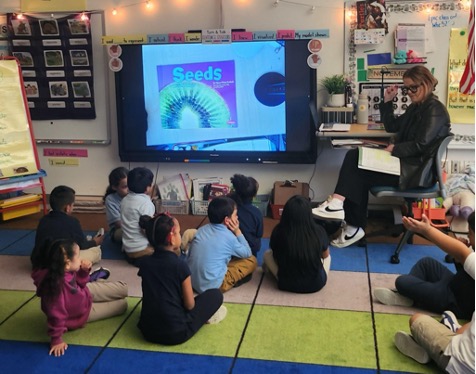
How has implementing Being a Reader shifted your teaching practices?
Sasha: The program and professional learning and coaching have helped me grow as an educator. I enjoy being a part of this team because we communicate well, collaborate well, and enjoy time outside of the school setting together.
Megan: As a team we are very open to feedback and coaching in-the-moment. We have a professional and positive relationship that transcends the work day—we meet on weekends or after school to make sure we are all on the “same page” with what will happen in the lesson planning and delivery.
As a team we are very coachable and open to modeling and support that will push our thinking. The trust they have developed with coaches and leaders have allowed them to deepen their understanding and respond quickly to students’ individual needs.
The trust they have developed with coaches and leaders have allowed them to deepen their understanding and respond quickly to students’ individual needs.
What supports have contributed to successful collaboration?
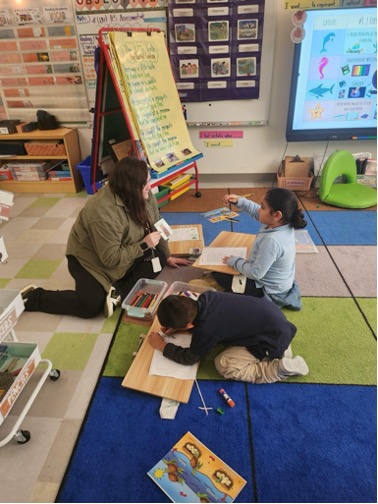
Sasha: Teachers appreciate all of the digital resources available on the Collaborative Classroom Learning Portal.
Having coaching cycles with Veronica in the classroom and participating in vertical learning walks have helped us see what kids are doing in grade levels above and below and how we can plan for instruction. Kids are developing and are able to use their social skills and enjoy being accountable for their learning.
Kaelin and Lyanne, I’ll ask you the same question. From your perspective as Instructional Coaches, what specifically has contributed to this highly successful collaboration?
Kaelin Reilly-Evans: Our administrators have a strong vision of what literacy success should look like. The expectations are clear: our students come first and we will use culturally responsive practices to ensure we deliver equitable instruction.
Also there is an expectation that we’ll differentiate and tailor instruction for every student, to support the whole child. We have trust in our team’s decision making based on years of training and understanding of MTSS and structured literacy.
Lynanne Lamothe: We have a culture of professional learning and commitment to students, including MLLs. We are working toward building capacity in all teachers to sustain a culture of learning. This includes making sure all teachers have:
- Coaching: having access to two coaches
- Professional Learning:
- Lots of formal professional learning with Collaborative Classroom
- Access to asynchronous 1:1 coaching via the Collaborative Coach platform
- Embedded PD with modeling,
- Professional Learning Community (PLC)
- Planning with Veronica Vasquez of Collaborative Classroom and Instructional Coaches, Lynanne Lamothe and Kaelin Reilly-Evans
Veronica, you serve as the Collaborative Classroom professional learning consultant for this team of educators. What from your perspective has contributed to this successful collaboration?
Veronica Vasquez: Other factors that have contributed to a successful collaboration include:
- Climate and culture: Firm belief that students come first
- Equity: Lifting all students, especially MLLs to take risks and lead in learning, therefore building student independence
- Community building units in Collaborative Classroom programming: Students love their teachers, but more importantly they care and respect one another, and are excited to learn (intrinsic motivation)
- Focus on meeting everyone where they are—adult and children: How do we cultivate an “all hands on deck” approach
What thoughts or insights would you share with a school or district that is considering Being a Reader?
Megan: The Being a Reader curriculum is completely aligned with the vision for literacy at Lincoln Elementary: to provide all students with culturally responsive, equitable learning opportunities to ensure each and every student can reach their full potential.
Teaching Collaborative Literacy (Being a Reader plus Being a Writer program) as intended has helped deepen our understanding of best practices to meet the needs of every student. The beginning “Building Community” units set the stage for students to develop strong, caring relationships where students nurture and support one another and have the confidence and agency to complete independent tasks in an environment of trust and support.
Sasha: I would also highlight the high-quality texts used in Being a Reader.
The strategy texts are engaging, complex, and informative. They have high interest and children truly enjoy listening to and learning from these texts. The Poetry lessons allow them to feel part of the community that celebrates their individual and collective talents and skills.
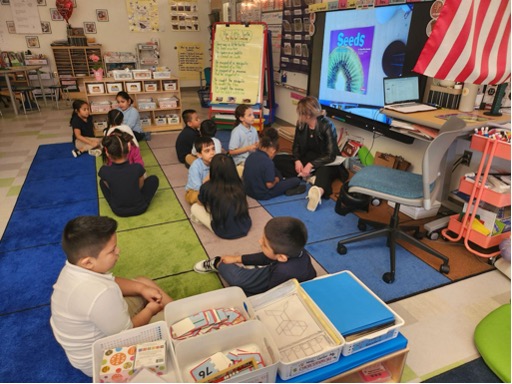
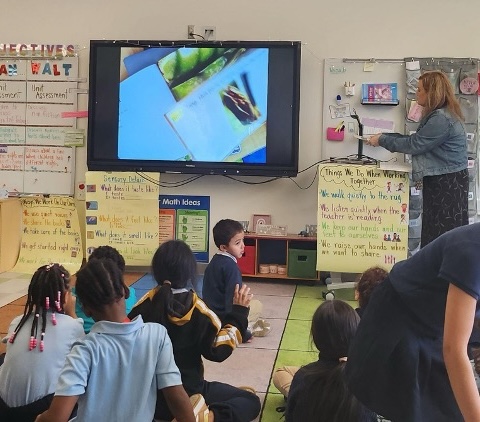
Related:
Read another blog about building classroom communities, Establishing a Classroom Writing Community: Three Essential Elements
Learn more about Collaborative Literacy
